The Green-Eyed Monster in Your Living Room

Have you ever noticed your cat giving you the cold shoulder after you’ve been petting another animal? That icy stare isn’t just in your imagination. Cats absolutely experience jealousy, though it might look different from human jealousy. Their reactions stem from territorial instincts and social bonds that run deeper than most people realize. When your feline friend sees their favorite human showing attention to someone else, their world suddenly feels less secure. The signs are subtle but unmistakable once you know what to look for.
When Your Cat Becomes a Shadow

One of the most obvious signs of feline jealousy is sudden clinginess. Your independent cat transforms into a furry shadow, following you everywhere you go. They’ll weave between your legs, demand constant attention, and refuse to leave your side. This behavior intensifies when the “threat” is present – whether it’s another pet, a new baby, or even a partner. It’s their way of reclaiming their territory and ensuring they remain your number one priority. Think of it as your cat’s version of marking their calendar with “quality time” appointments.
The Art of Strategic Interruption
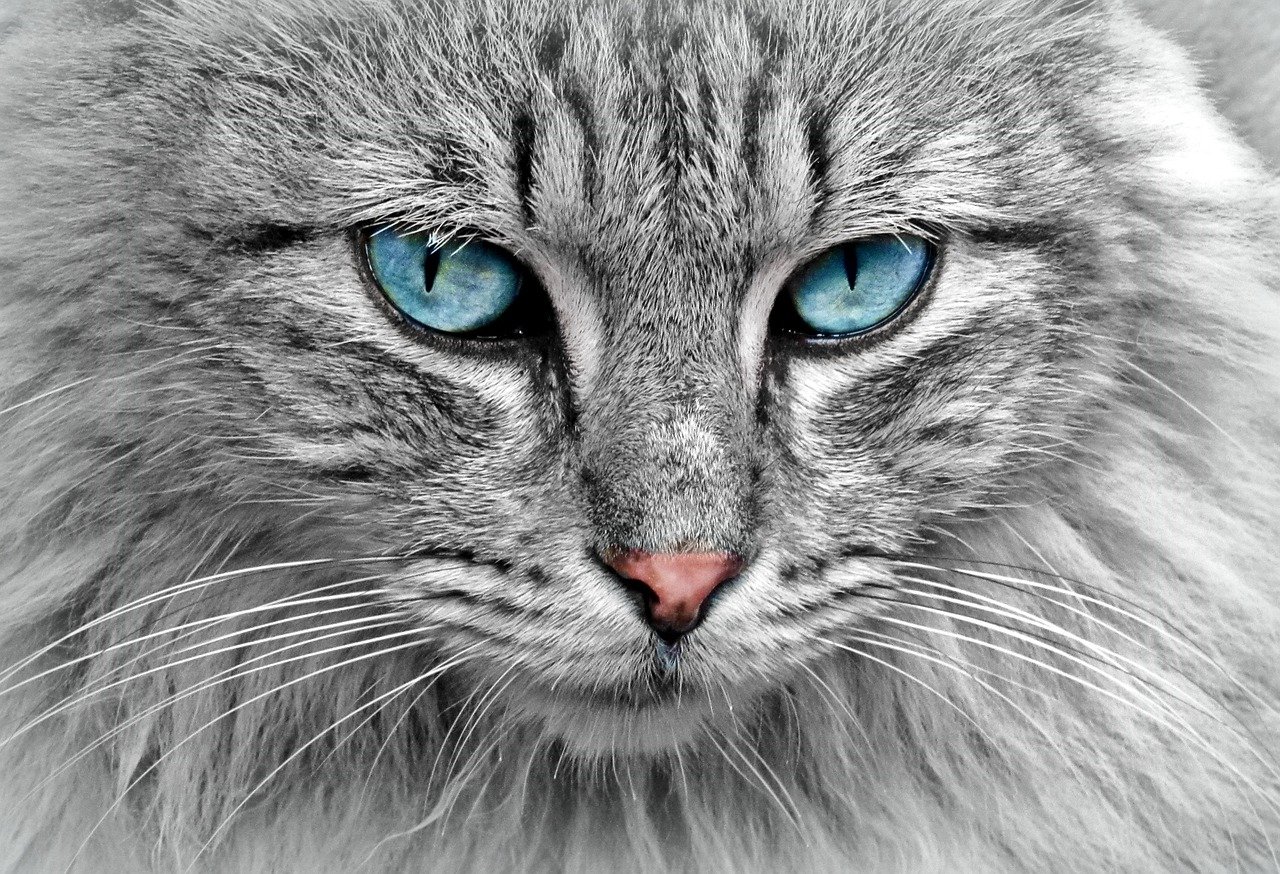
Cats are masters of timing, especially when jealousy strikes. They’ll suddenly need urgent attention right when you’re busy with someone else. Your cat might jump onto your laptop during a video call, knock things off tables, or start meowing loudly during important conversations. These aren’t coincidences – they’re calculated moves to redirect your focus. It’s like having a toddler who suddenly needs help with everything the moment you pick up the phone. Your cat has simply perfected the art of strategic disruption.
Aggressive Displays and Warning Signs

Jealous cats don’t always play nice with their perceived competition. You might notice hissing, swatting, or blocking behavior directed at other pets or people. Some cats will position themselves between you and the “intruder,” creating a physical barrier. Others might become more territorial about their favorite spots, toys, or food bowls. These aggressive displays are their way of establishing dominance and protecting their relationship with you. It’s important to recognize these signs early before they escalate into more serious behavioral issues.
The Silent Treatment Strategy

Not all jealous cats become clingy – some go the opposite route entirely. They’ll give you the cold shoulder, refusing to acknowledge your existence when you try to interact. Your once-affectionate cat might stop purring, avoid eye contact, or find new hiding spots far from the action. This passive-aggressive approach is equally telling as more obvious displays of jealousy. They’re essentially saying, “If you don’t want to give me your full attention, I’ll just ignore you right back.” It’s the feline equivalent of giving someone the silent treatment.
Marking Territory Through Scent

When jealousy peaks, some cats resort to marking their territory more aggressively. This might include rubbing against your belongings more frequently, or in extreme cases, inappropriate elimination in specific areas. They’re essentially leaving their calling card everywhere, reminding everyone (including you) who was there first. Scent marking becomes their way of reclaiming ownership of their space and their human. It’s like putting up invisible “Property of [Cat’s Name]” signs throughout your home.
Changes in Eating and Sleeping Patterns

Stress from jealousy often manifests in disrupted daily routines. Your cat might eat less, sleep more, or change their preferred napping spots entirely. Some cats become pickier about food, while others might overeat as a comfort mechanism. Sleep patterns shift too – they might become more restless at night or seek out new hiding places during the day. These changes reflect the emotional turmoil your cat is experiencing. Just like humans, cats can lose their appetite or struggle with sleep when they’re feeling insecure or threatened.
Attention-Seeking Behaviors Go Into Overdrive
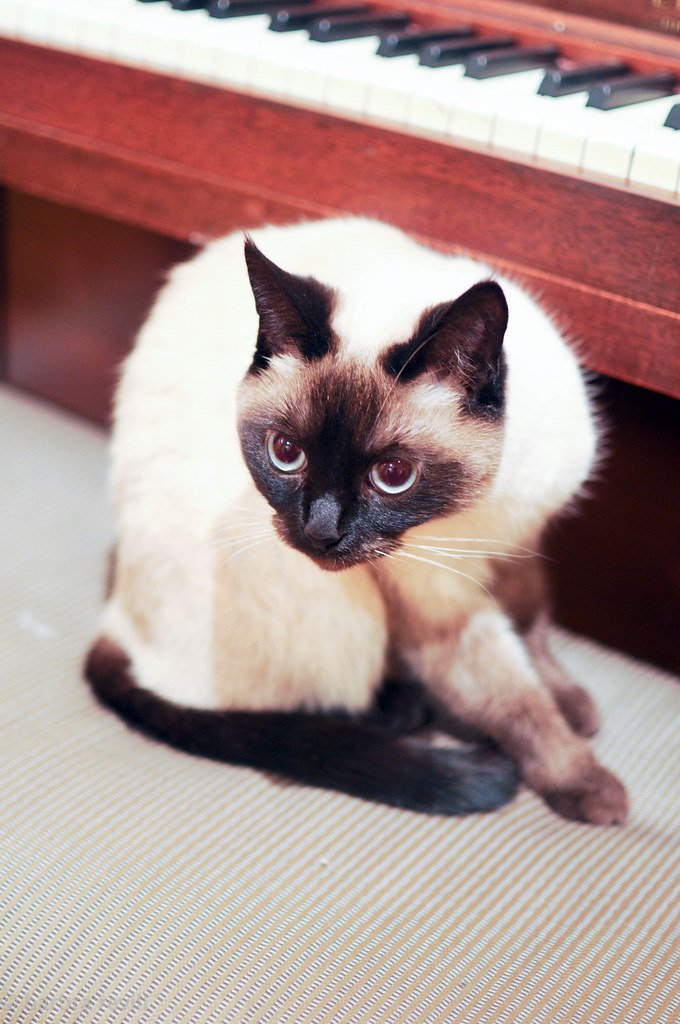
Jealous cats often become master performers, pulling out all the stops to win back your attention. They might suddenly become more vocal, using different types of meows to communicate their needs. Some cats will bring you “gifts” like toys or even dead mice more frequently. Others might start exhibiting behaviors they know you find endearing, like showing their belly or doing that slow-blink “kiss” with their eyes. It’s their way of reminding you why they’re special and deserving of your undivided attention.
The New Baby Phenomenon

Nothing triggers feline jealousy quite like a new baby in the house. Cats who were once the center of attention suddenly find themselves competing with a tiny human who seems to monopolize their human’s time. They might try to squeeze into the baby’s crib, knock over baby supplies, or become more demanding during feeding times. Some cats will even mimic baby sounds, as if trying to remind you that they were your “baby” first. This jealousy is completely normal and usually settles down as cats adjust to the new family dynamic.
Competition Between Multiple Cats
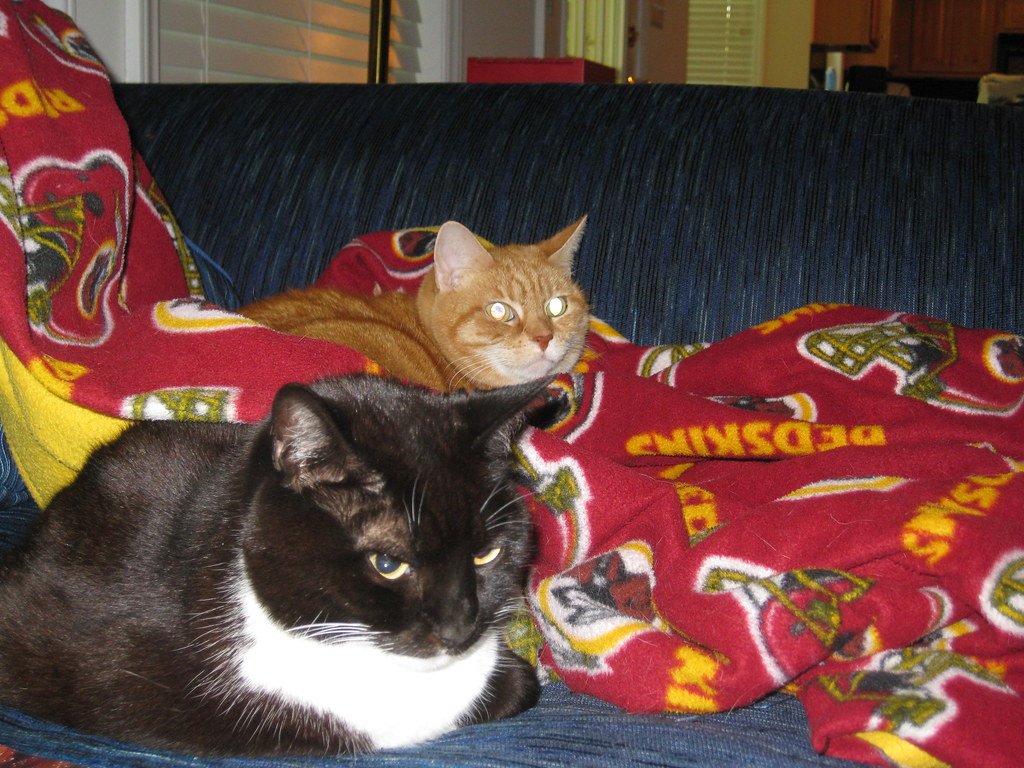
In multi-cat households, jealousy often plays out like a feline soap opera. Cats compete for the best sleeping spots, premium real estate near windows, and most importantly, human attention. You might notice one cat deliberately sitting where another cat was just getting petted, or blocking access to food bowls and litter boxes. The hierarchy can shift dramatically when jealousy enters the picture. It’s like watching siblings fight over who gets to sit in the front seat, except with more hissing and dramatic tail movements.
Technology Jealousy is Real

Modern cats have found new things to be jealous of – your devices. Many cats show clear signs of jealousy toward smartphones, tablets, and laptops that steal their human’s attention. They’ll walk across keyboards, sit on phones, or knock devices out of your hands. From their perspective, these glowing rectangles are mysterious competitors that somehow captivate you for hours. Your cat doesn’t understand technology, but they definitely understand that it’s taking time away from them. It’s probably the most relatable form of feline jealousy for most pet parents.
Recognizing Jealousy vs. Other Issues
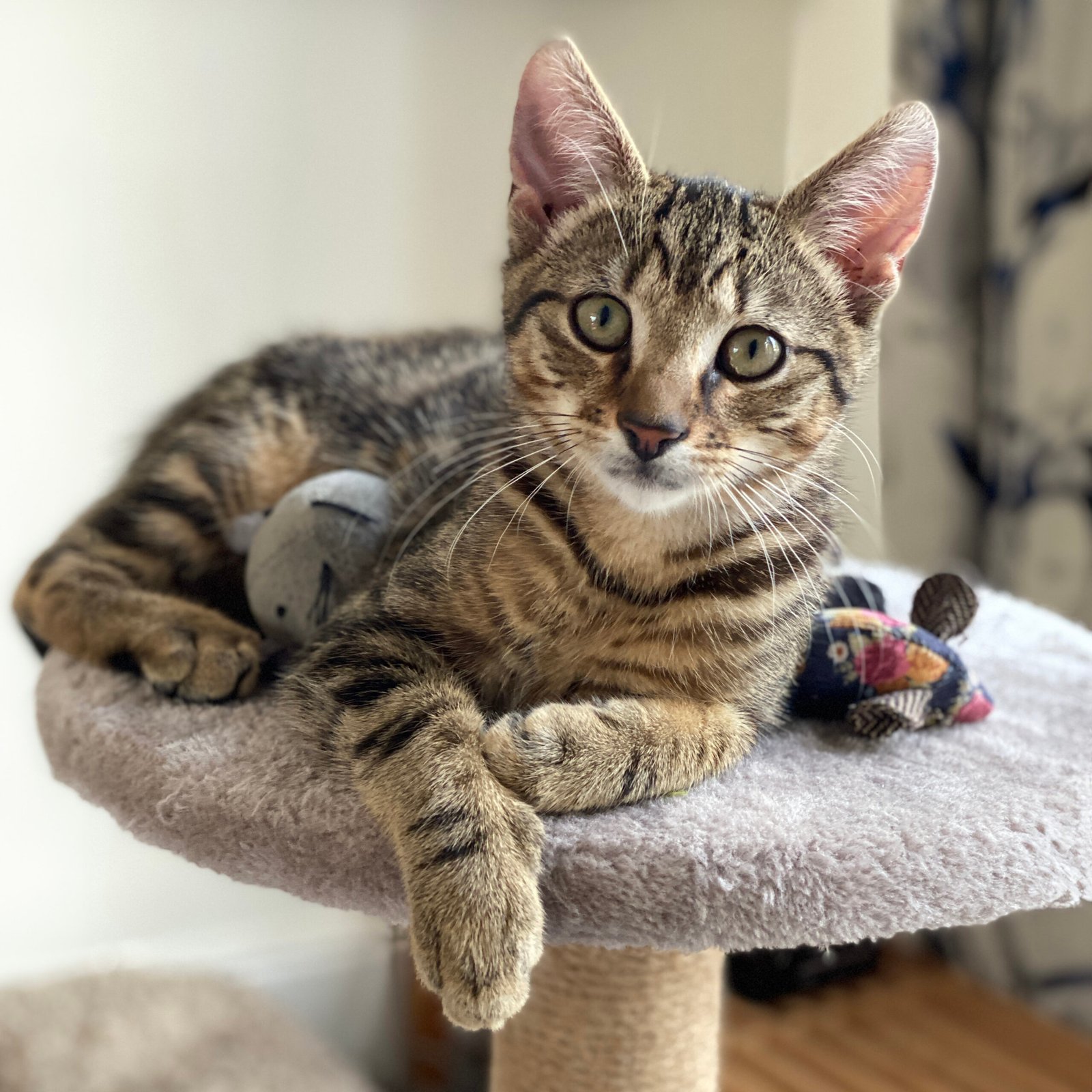
Not every behavioral change indicates jealousy – sometimes there are underlying health or environmental factors at play. True jealousy typically has clear triggers and patterns related to specific people, pets, or situations. The behavior usually intensifies when the “threat” is present and decreases when they have your undivided attention. If behaviors seem random or severe, it might be worth consulting with a veterinarian to rule out medical issues. Understanding the difference helps you respond appropriately and address your cat’s real needs.
The Evolutionary Roots of Feline Jealousy
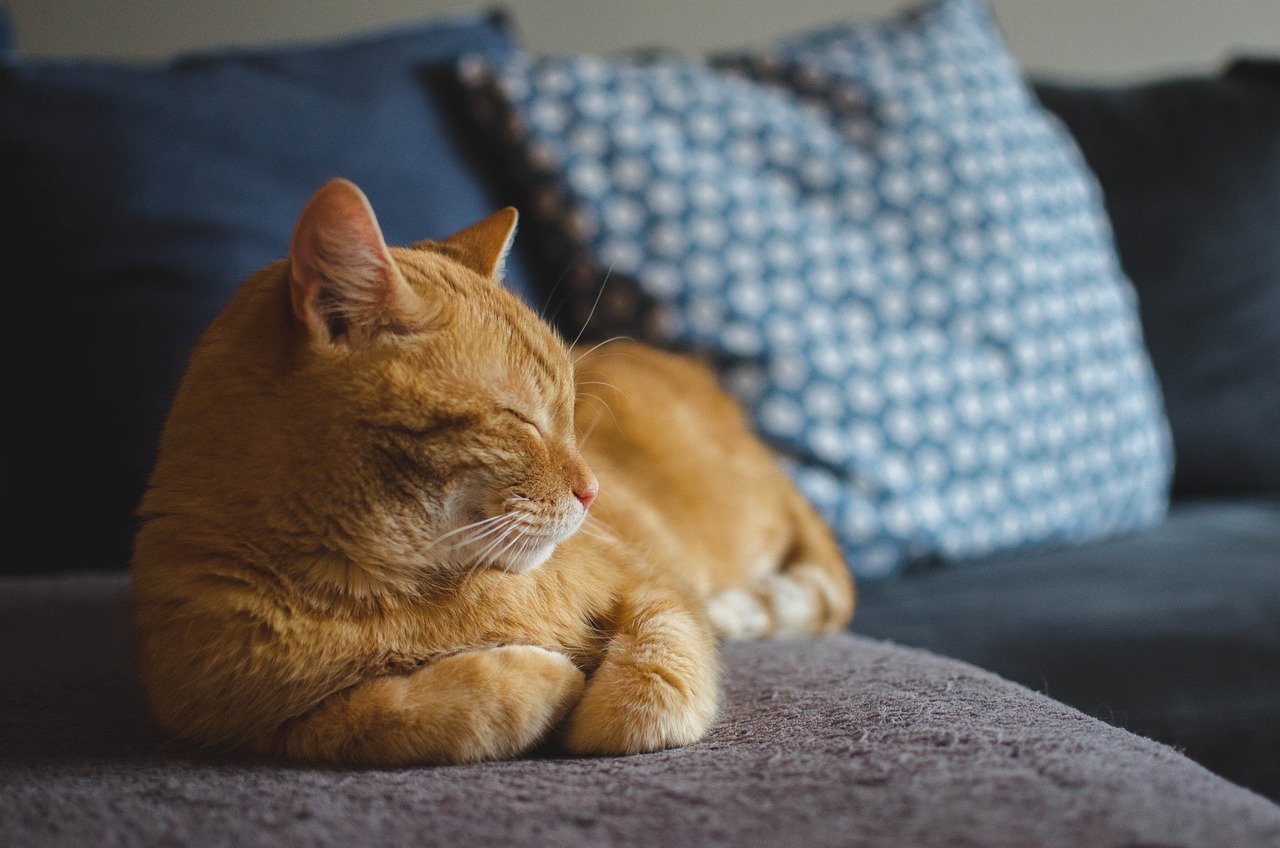
Cats’ jealous behaviors make perfect sense when you consider their evolutionary background. In the wild, resources like food, territory, and mates are limited and worth fighting for. Domestic cats still carry these instincts, viewing their human relationships through the same lens. From their perspective, your attention is a valuable resource that needs protecting. This explains why they become so strategic and persistent when they feel threatened by competition. Evolution has wired them to fight for what matters most to their survival and happiness.
How to Help Your Jealous Cat
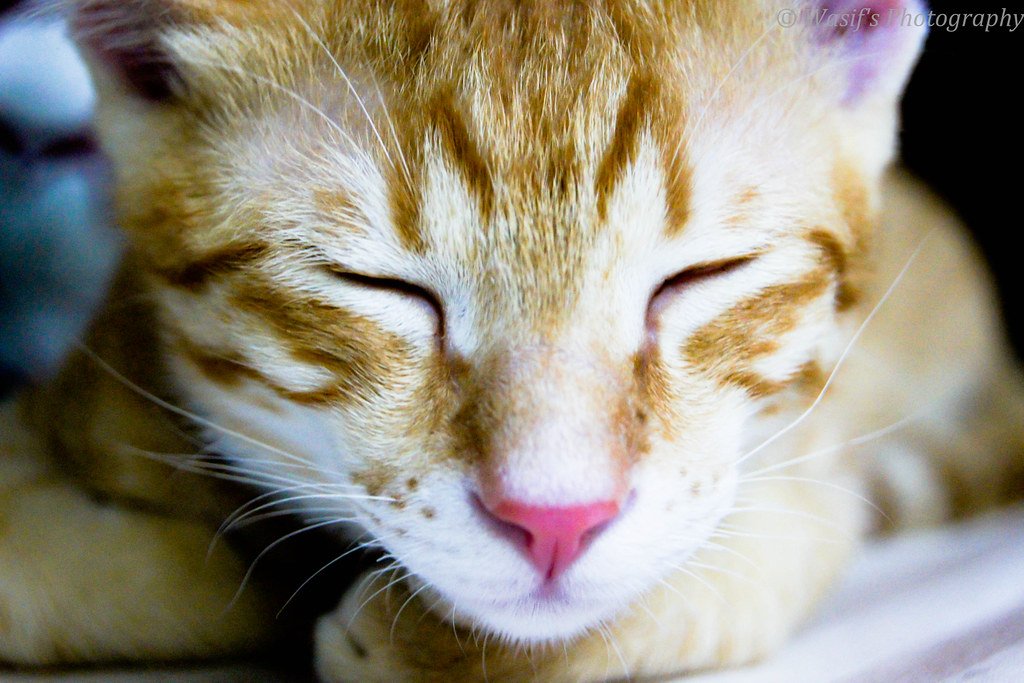
Managing feline jealousy requires patience and strategy, not punishment. The key is ensuring your cat still feels secure and valued while setting appropriate boundaries. Maintain consistent routines, provide individual attention to each pet, and create positive associations with the source of jealousy when possible. Sometimes this means scheduling dedicated one-on-one time with your jealous cat, or teaching them that good things happen when the “competition” is around. Remember, your cat’s jealousy comes from love and attachment – it’s actually a compliment to your bond, even when it drives you crazy.
Have you ever wondered if your cat’s dramatic reactions were just coincidence, or did you always suspect there was more emotion behind those eyes than meets the surface?
Hi, I’m Bola, a passionate writer and creative strategist with a knack for crafting compelling content that educates, inspires, and connects. Over the years, I’ve honed my skills across various writing fields, including content creation, copywriting, online course development, and video scriptwriting.
When I’m not at my desk, you’ll find me exploring new ideas, reading books, or brainstorming creative ways to solve challenges. I believe that words have the power to transform, and I’m here to help you leverage that power for success.
Thanks for stopping by, Keep coming to this website to checkout new articles form me. You’d always love it!






